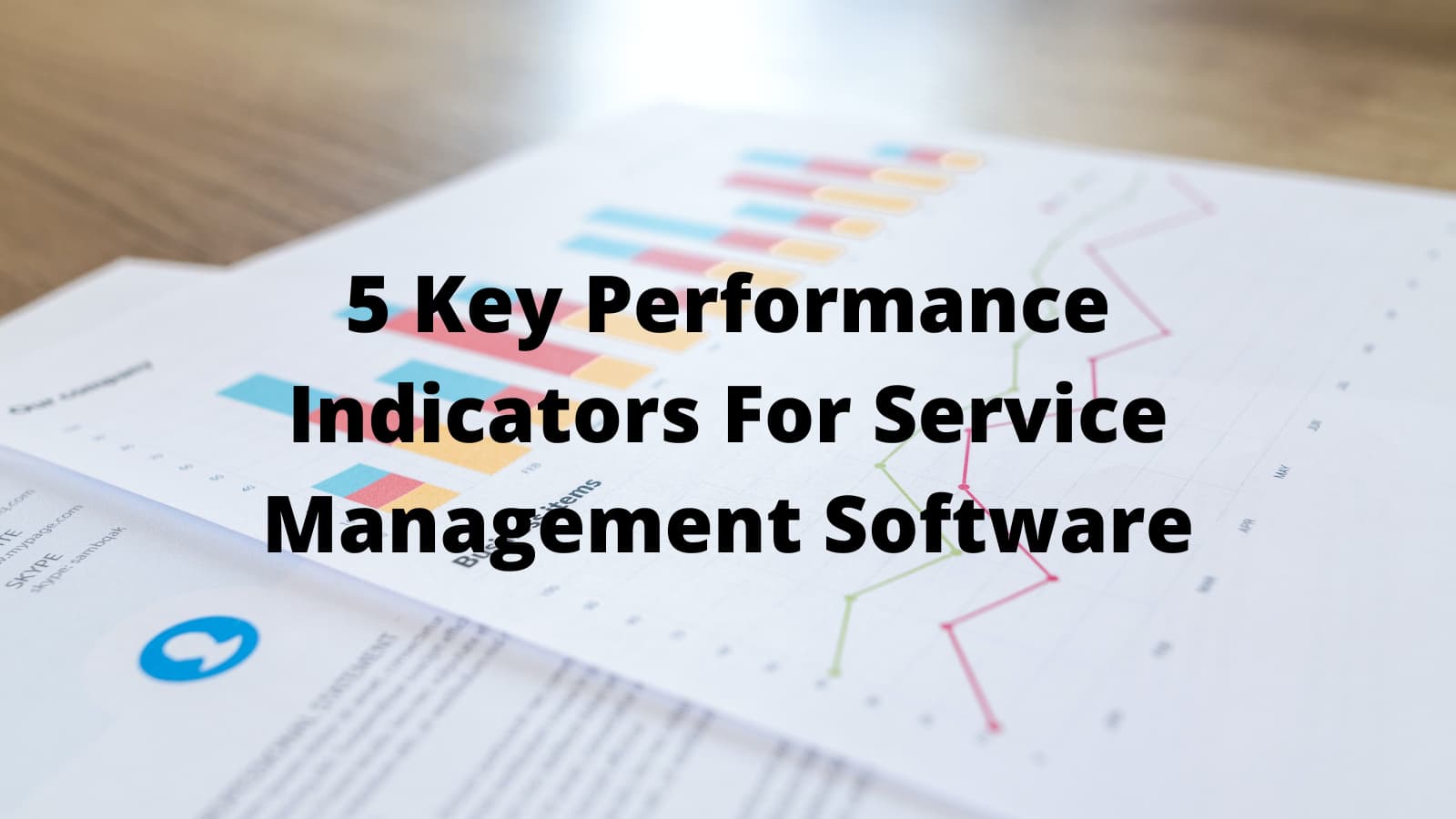For any mobile field service business, the goal as the company grows is to process more transactions without having to add more dispatchers and service, billing administrators.
While companies can use HR numbers to track post-deployment of service management software, the actual numbers-driven out of the system just implemented always will be more accurate.
Measuring success in service management implementation requires benchmarking tools, such as key performance indicators (KPIs). KPIs should provide a real-time overview of a project’s efficiency, control, and cost, according to an article on sharedserviceslink.com.
A roundtable discussion at the Accounts Payable Tech and e-Invoicing Summit highlighted five KPIs that help keep technology projects on track post-deployment. For companies that want to dig into metrics tracking using CRM integration and service billing software, these are some great KPIs to consider:
- Invoices processed per FTE (full-time equivalent): After implementing e-invoicing or similar automation, the number of processed invoices should increase alongside system use. Lack of increase suggests issues with either the system or staff training.
- Exception invoices: Exception invoices should slowly decrease as suppliers accommodate your new automated system. If this doesn’t happen, communicate with your suppliers about additional education and training.
- Process compliance: Low metrics indicate an organization’s mobile field service staff might be having difficulty using the new system and may benefit from refresher sessions. Consider providing means for staff to communicate specific issues with the system, which can be addressed in the future.
- Invoices paid every 10 and 30 days: Automation technologies should result in more rapid invoice processing and lead to more invoices paid in a shorter timeframe. If this percentage does not increase, it may indicate issues with the system or with those who approve invoices for payment.
- Contract compliance: If the number of contracts with preferred suppliers is not as high as required, procurement staff may need an explanation of why certain suppliers are preferred. It also may indicate an issue with suppliers failing to accommodate your system.
Source: Sharedserviceslink.com, January 2013

